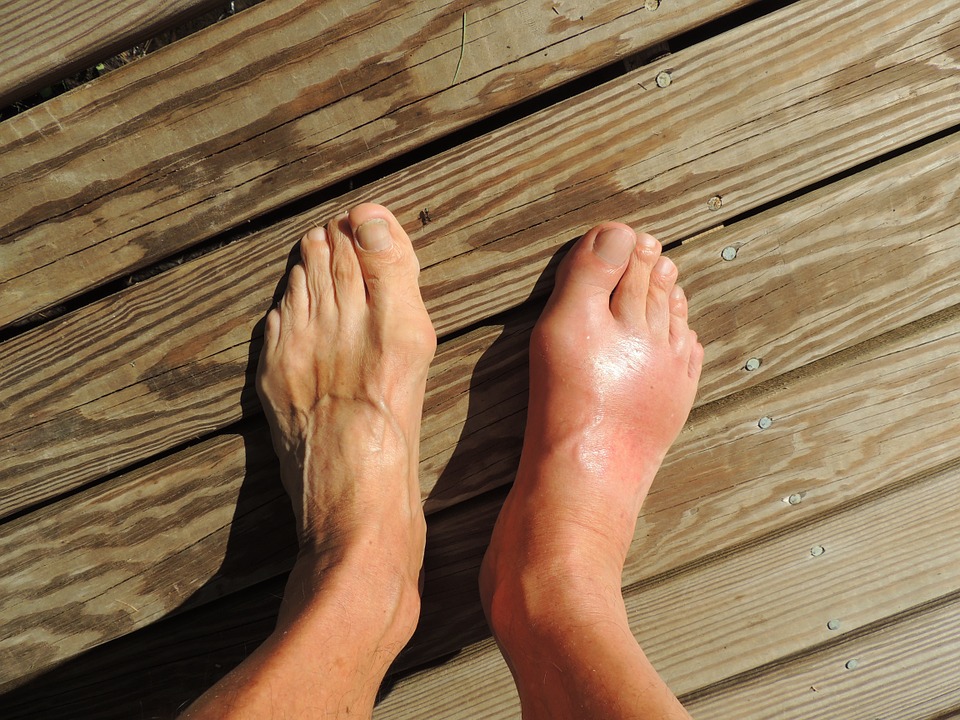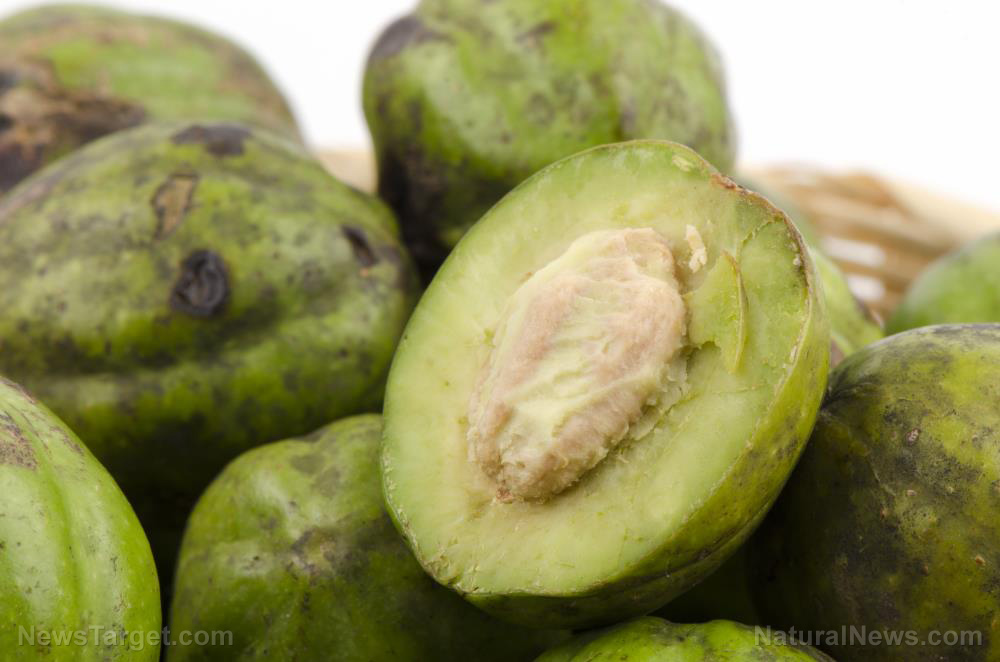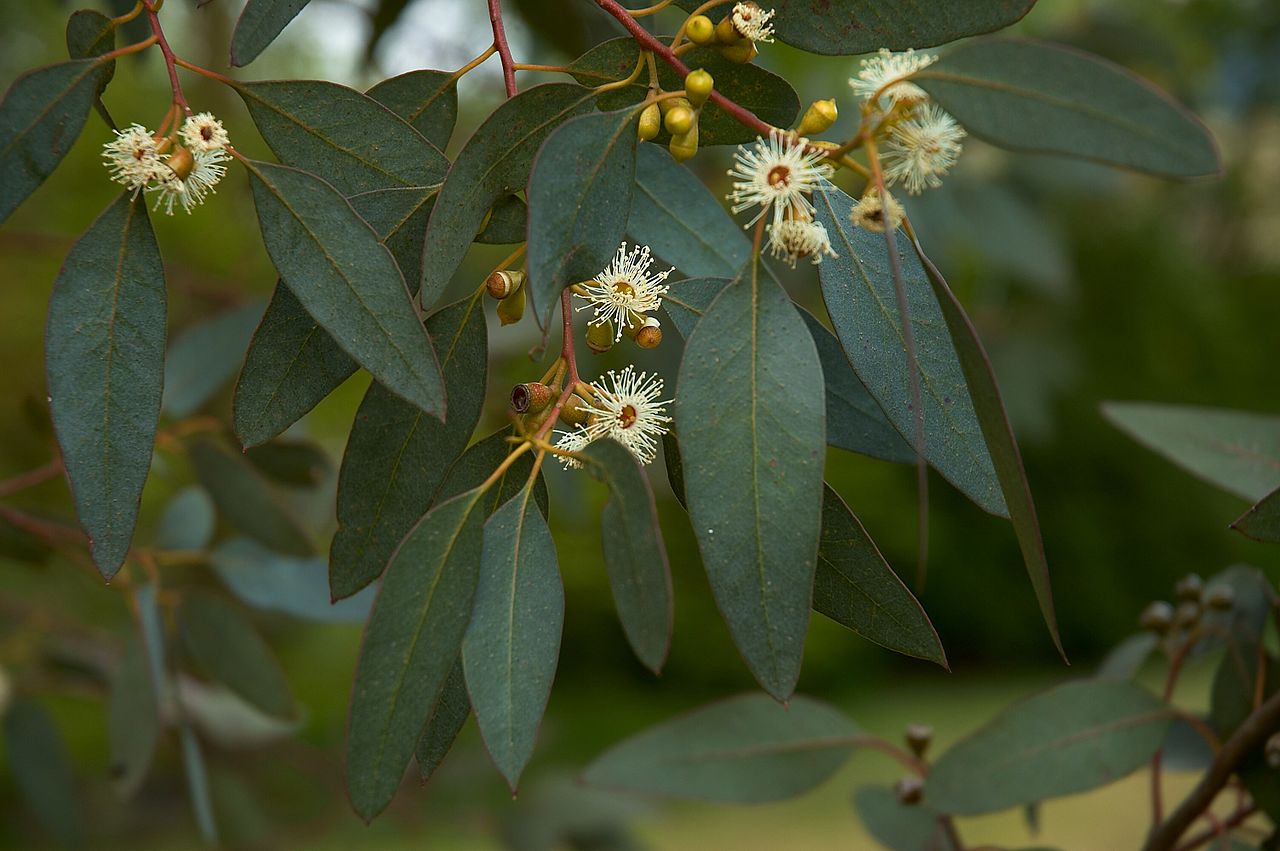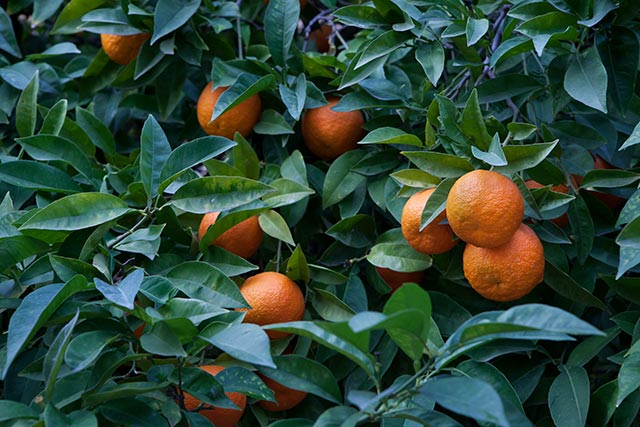Ancient Japanese healing art Shinrin-yoku (forest bathing) can work wonders on your blood pressure, new study finds
10/27/2018 / By Edsel Cook

If you live near a forest and are worried about your blood pressure, you might want to consider taking a walk in the woods. The findings of a Japanese review attribute anti-hypertensive effects to Shinrin-yoku, the ancient practice of “forest bathing.”
Forest bathing has recently caught the eye of preventive medicine researchers. Several studies have taken note of the connection between exposure to nature and health outcomes. Others reported that walking through the forest, sitting in it, and/or viewing it from afar have physiological effects on humans.
The environs have been observed to lower blood pressure, heart rate, and stress hormones. This ability to reduce blood pressure can, in turn, prevent hypertension.
Existing studies involved sample groups that were too small. They also focused on stress or relaxation instead of possible therapeutic benefits. Therefore, the body of literature about the anti-hypertensive application of Shinrin-yoku is sparse. (Related: Why tai chi is good for you, regardless of age and physical activity level.)
Japanese researchers believe the forest environment affects blood pressure
Gunma University researchers evaluated the preventive and therapeutic effects of a forest on blood pressure. They went through the existing medical literature for their meta-analysis.
They included any study or trial that covered the effects of the forest environment on systolic blood pressure (SBP), diastolic blood pressure (DBP), and heart and pulse rate. They also looked for any disparities in the effects on the participants based on their age, blood pressure, sex, and other characteristics before Shinrin-yoku.
The studies were drawn from the PubMed, Cochrane Library, CINAHL, and Japan Medical Abstracts Society Database electronic databases. English and Japanese studies published before May 2016 and covering the specific keywords were accepted for analysis.
The researchers whittled the material down to 15 studies with 20 trials and a total of 732 participants. All trials used the forest environment, with 11 having the participants walk in those areas and seven getting them to sit down and bask in the view.
They compared the outcomes of these intervention methods with the same activities held in cities and other non-forest environments.
Forest environment lowers blood pressure, heart rate, and pulse rate
The researchers reported that the forest environment showed significant effects on the blood pressure of participants. Systolic blood pressure for people in the forest environment was much lower than their non-forest counterparts.
These results were divided between the walking and non-walking group to determine if a difference in activity affected the SBP. There were no major differences, so the effect was not connected with physical activity.
They were also divided into young males, middle-aged and older male groups, and middle-aged to older female groups. The favorable results for the forest environment maintained its lead over the non-forest environs.
Diastolic blood pressure and the heart and pulse rates of participants in forest environments showed lower levels of blood pressure. When combined with earlier findings, the results suggest that forested conditions exude an anti-hypertensive effect on participants.
The reduction in blood pressure was more pronounced in people with hypertension. Furthermore, while the effect seemed greater on older people, blood pressure does rise with age. The researchers therefore suggest that the forest’s beneficial effect applied to higher levels of blood pressure rather than age.
The mechanism by which the forest environment reduces blood pressure is unknown. Heart rate and pulse rate were shown to decrease during exposure to forests. These indices are connected with autonomic nervous activity.
Therefore, the researchers believe the forest environment lowers sympathetic nerve activity – which includes fight-or-flight reactions – while boosting parasympathetic nerve activity that involves relaxation. This is supported by studies that show forest environments reduces adrenaline and noradrenaline.
If you want to read more articles about healthy physical activities, visit Naturopathy.news.
Sources include:
Tagged Under: alternative medicine, bathing, blood pressure, diastolic blood pressure, forest, Forest Bath, Forest Bathing, healing, high blood pressure, hypertension, natural medicine, Preventive Medicine, systolic blood pressure, therapeutic baths


















